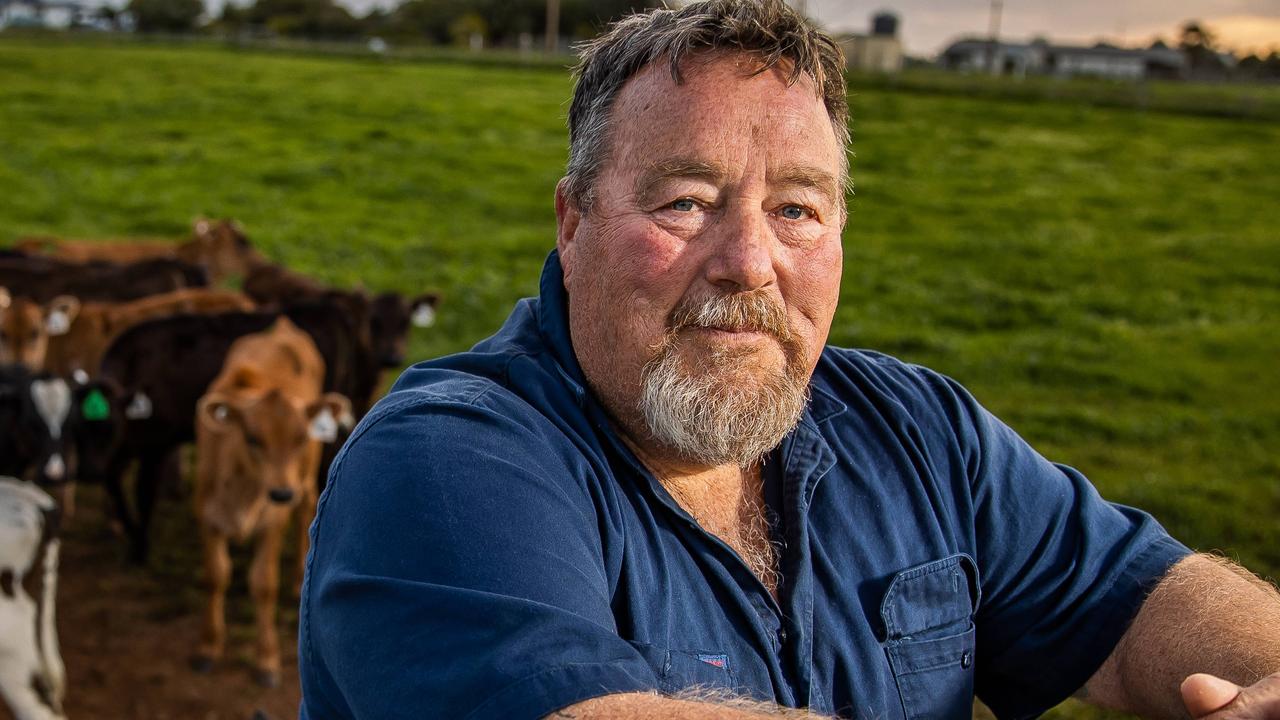Farm World Lardner discusses dairy-to-beef profitability potential
Dairy-to-beef has long been a small but important component of the sector. But experts say there’s great potential to grow demand.

Redirecting bobby calves into maturity for the meat supply chain is becoming more popular in both the dairy and beef sectors.
A panel of dairy-to-beef experts took part in a Commonwealth Bank-hosted panel at Farm World at Lardner Park last week.
Greenham dairy beef and animal welfare manager Sarah Bolton said the panel discussed the need to balance economic and social factors when dealing with dairy to beef.
“What we need to see consistently, going forward as an industry, in order to sure up the dairy industry’s social licence to operate, is an ability to direct surplus calves into meat production,” Dr Bolton said.
“(That has to) be done consistently, year-on-year, but do that in way that isn’t harming the business from an economic perspective.
“The challenge is how to we balance economic viability and social acceptability of the way we manage surplus calves. In practice, that means implementing successful beef-on-dairy systems where the animals can enter supply chains and pay returns.”
Fulton Market Group beef-on-dairy expert Cameron Renshaw echoed that view.
“The market for dairy-to-beef is growing but there’s certainly more capacity to unlock the potential for dairy farmers,” he said.
Semex global marketing manager Brad Gilchrist said using the right genetics to boost bobby calves beef potential was key.
“With my role, I get to talk to both beef and dairy producers around the world,” he said.
“What we’re seeing now is beef being valued right along the supply chain.”
The McDonalds cross their Friesian dairy cows with Wagyu bulls, which are lighter and make for easier calving.
The use of genomic testing has helped to identify the top dairy cows to breed with sexed semen.
“As dairy farmers, our margins have been eroded over time, so we’ve utilised regenerative farming to reduce our cost of production through the decrease in synthetic inputs,” Mr McDonald said.





